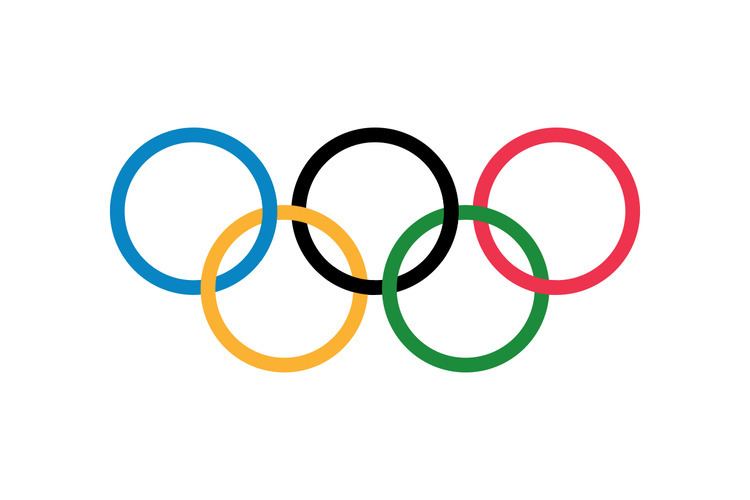 | ||
The International Olympic Committee (IOC) uses three-letter abbreviation country codes to refer to each group of athletes that participate in the Olympic Games. Each code usually identifies a National Olympic Committee (NOC), but there are several codes that have been used for other instances in past Games, such as teams composed of athletes from multiple nations, or groups of athletes not formally representing any nation.
Contents
Several of the IOC codes are different from the standard ISO 3166-1 alpha-3 codes. Other sporting organisations, such as FIFA, use similar country codes to refer to their respective teams, but with some differences. Still others, such as the Commonwealth Games Federation or Association of Tennis Professionals, use the IOC list verbatim.
History
The 1956 Winter Olympics and 1960 Summer Olympics were the first Games to feature Initials of Nations to refer to each NOC in the published official reports. However, the codes used at the next few Games were often based on the host nation's language (e.g., GIA for Japan at the 1956 Winter Olympics and 1960 Summer Olympics, both held in Italy, from Italian Giappone) or based on the French name for the nation (e.g., COR for Korea, from Corée). By the 1972 Winter Olympics, most codes were standardized on the current usage, but several have changed in recent years. Additionally, the dissolution of the Soviet Union, division and unification of Germany, breakup of Yugoslavia, dissolution of Czechoslovakia, and several other instances of geographical renaming have all resulted in code changes.
In addition to this list of over 200 NOCs, the participation of National Paralympic Committees (NPCs) at the Paralympic Games requires standardised IOC codes, such as Macau (or as "Macau, China" since 1999) and the Faroe Islands, coded MAC and FRO respectively.
Current NOCs
There are 206 current NOCs (National Olympic Committees) within the Olympic Movement. The following tables show the currently used code for each NOC and any different codes used in past Games, per the official reports from those Games. Some of the past code usage is further explained in the following sections. Codes used specifically for a Summer Games only or a Winter Games only, within the same year, are indicated by "S" and "W" respectively.
Codes still in use
Fourteen historical NOCs or teams have codes that are still used in the IOC results database to refer to past medal winners from these teams.
Obsolete codes
Two other significant code changes have occurred, both because of a change in the nation's designation as used by the IOC:
